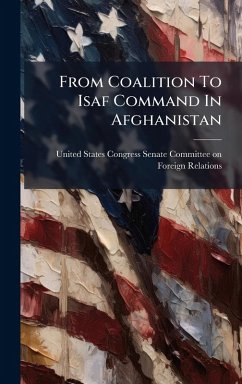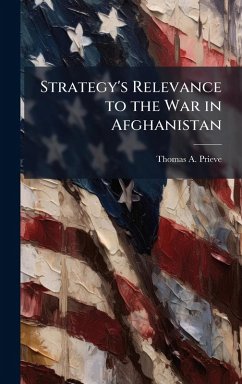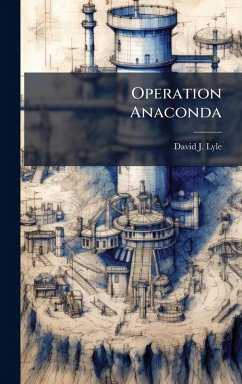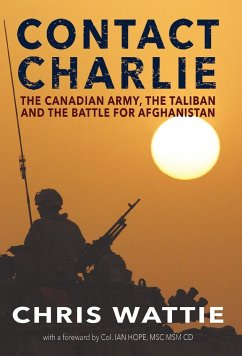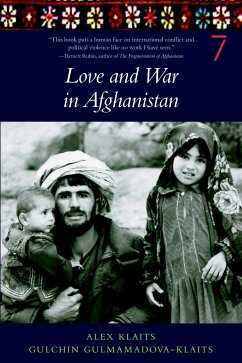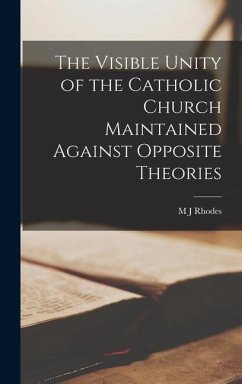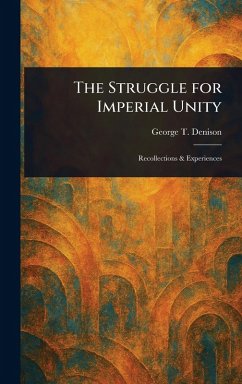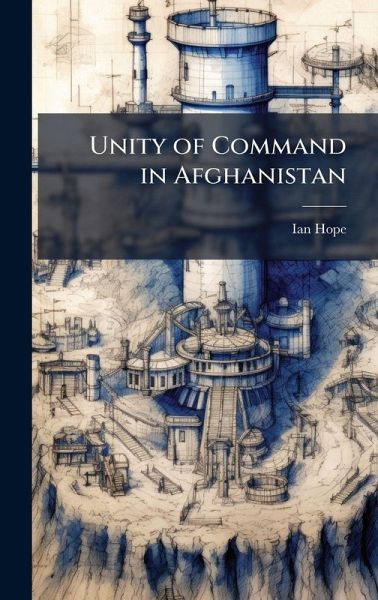
Unity of Command in Afghanistan
Versandkostenfrei!
Versandfertig in über 4 Wochen
25,99 €
inkl. MwSt.
Weitere Ausgaben:

PAYBACK Punkte
13 °P sammeln!
This Carlisle Paper discusses the traditional importance of unity of command in American doctrine and practice from World War I until now, and how this principle has been forsaken in the evolution of military command for Afghanistan. It examines the unprecedented departure from the principle of unity of command in Afghanistan in 2006, when Combined Forces Command-Afghanistan passed control of the ground fight to the International Security Assistance Force, and operations became split between several unified or "supreme" commanders in charge of U.S. Central Command, the North Atlantic Treaty Or...
This Carlisle Paper discusses the traditional importance of unity of command in American doctrine and practice from World War I until now, and how this principle has been forsaken in the evolution of military command for Afghanistan. It examines the unprecedented departure from the principle of unity of command in Afghanistan in 2006, when Combined Forces Command-Afghanistan passed control of the ground fight to the International Security Assistance Force, and operations became split between several unified or "supreme" commanders in charge of U.S. Central Command, the North Atlantic Treaty Organization, and U.S. Special Operations Command. It argues for a renewal of understanding of the importance of unity of command, and recommends that the United States revert to the application of this principle by amending the Unified Command Plan to invest one "supreme commander" with responsibility for the current Operation ENDURING FREEDOM Joint Operations Area. This work has been selected by scholars as being culturally important, and is part of the knowledge base of civilization as we know it. This work was reproduced from the original artifact, and remains as true to the original work as possible. Therefore, you will see the original copyright references, library stamps (as most of these works have been housed in our most important libraries around the world), and other notations in the work. This work is in the public domain in the United States of America, and possibly other nations. Within the United States, you may freely copy and distribute this work, as no entity (individual or corporate) has a copyright on the body of the work. As a reproduction of a historical artifact, this work may contain missing or blurred pages, poor pictures, errant marks, etc. Scholars believe, and we concur, that this work is important enough to be preserved, reproduced, and made generally available to the public. We appreciate your support of the preservation process, and thank you for being an important part of keeping this knowledge alive and relevant.



